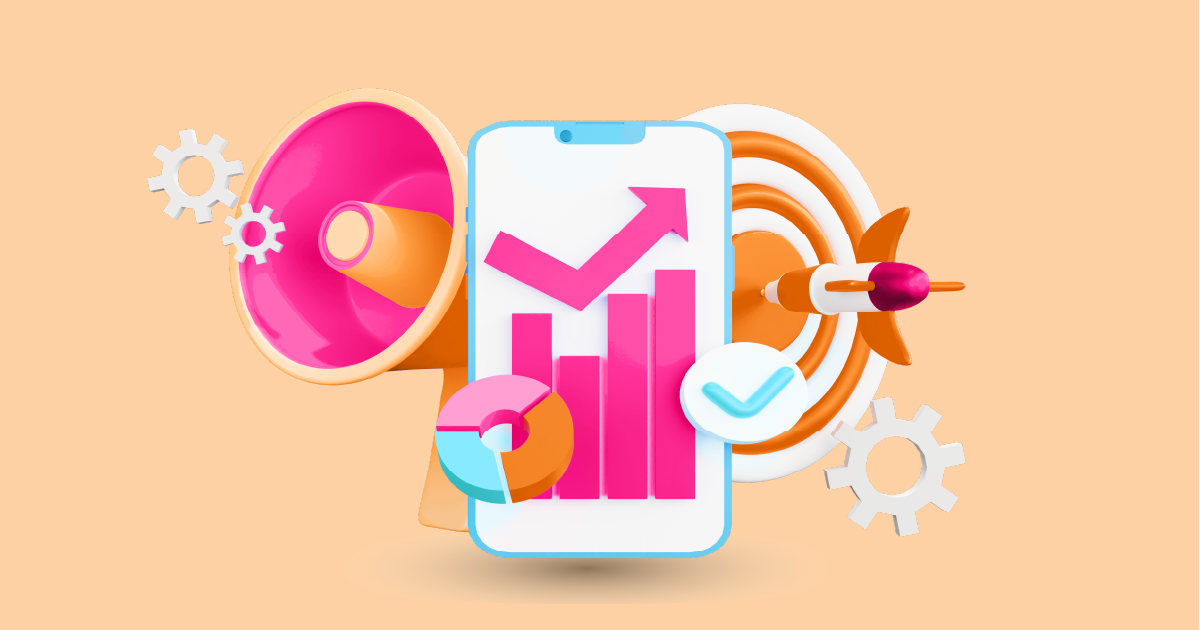In the digital age, businesses have recognized the importance of social media in shaping their online presence. Social media monitoring and listening are two key strategies used to analyze online conversations and audience interactions. Although these terms are often used interchangeably, they have distinct purposes and methodologies. In this article, we will delve into the differences between social media monitoring vs listening, exploring their unique roles in enhancing brand awareness and customer engagement.
Social Media Monitoring vs Listening: Understanding the Crucial Differences

Defining Social Media Monitoring
Social media monitoring primarily involves tracking online conversations about a brand, product, or industry. It focuses on quantitative data, such as the number of mentions, likes, shares, and comments. Monitoring tools scour social media platforms, forums, and blogs, providing businesses with valuable metrics to measure their online presence. By analyzing this data, companies can gauge their popularity, track customer sentiment, and identify trends related to their products or services.
The Significance of Social Media Listening
On the other hand, social media listening goes beyond quantitative metrics. It involves understanding the context and emotions behind online conversations. Listening tools analyze the tone, language, and intent of social media posts, enabling businesses to gain deeper insights into customer perceptions. By deciphering the underlying emotions, businesses can identify customer pain points, preferences, and expectations, allowing them to tailor their marketing strategies and product offerings accordingly.
Key Differences
1. Focus of Analysis
- Social Media Monitoring: Quantitative metrics such as likes, shares, and mentions are analyzed.
- Social Media Listening: Qualitative data, including emotions, sentiment, and context, is the primary focus.
2. Scope of Insights
- Social Media Monitoring: Provides surface-level data on brand popularity and reach.
- Social Media Listening: Offers in-depth insights into customer perceptions, enabling businesses to understand the ‘why’ behind customer behavior.
3. Utilization in Decision-Making
- Social Media Monitoring: Helps track the effectiveness of marketing campaigns and brand awareness.
- Social Media Listening: Guides strategic decisions by revealing customer preferences and expectations, aiding in product development and customer service enhancements.
4. Engagement Strategies
- Social Media Monitoring: Informs content creation and identifies influencers for promotional activities.
- Social Media Listening: Facilitates personalized interactions with customers, addressing their concerns and building brand loyalty.
Conclusion
In conclusion, while both social media monitoring vs listening are essential components of any digital marketing strategy, they serve distinct purposes. Social media monitoring provides businesses with quantitative data to assess their online presence, whereas social media listening offers qualitative insights into customer sentiments and emotions. By integrating these strategies, businesses can create a comprehensive social media approach, ensuring meaningful engagement with their audience.
For a firsthand experience of how social media monitoring and listening can transform your business, we invite you to request a demo from AIM Technologies. Discover the power of understanding your audience in real time, shaping your brand strategies, and fostering lasting customer relationships.
FAQs
Q1: Can one tool perform both monitoring and listening functions?
- A1: Yes, some advanced social media tools integrate both monitoring and listening features, offering a comprehensive analysis of online conversations.
Q2: How can social media listening enhance customer satisfaction?
- A2: By understanding customer emotions and concerns, businesses can address issues promptly, leading to improved customer satisfaction and loyalty.
Q3: Is social media listening limited to specific industries?
- A3: No, social media listening can be applied across various industries, helping businesses gain valuable insights into customer behavior and preferences.
Q4: Can social media monitoring tools analyze competitor activities?
- A4: Yes, many monitoring tools provide competitive analysis features, allowing businesses to track their competitors’ online activities and customer sentiments.
Q5: How often should businesses conduct social media monitoring vs listening?
- A5: Regular monitoring and listening are crucial to staying updated with market trends and customer opinions. Businesses should ideally perform these activities weekly or monthly, depending on their industry and customer engagement levels.




